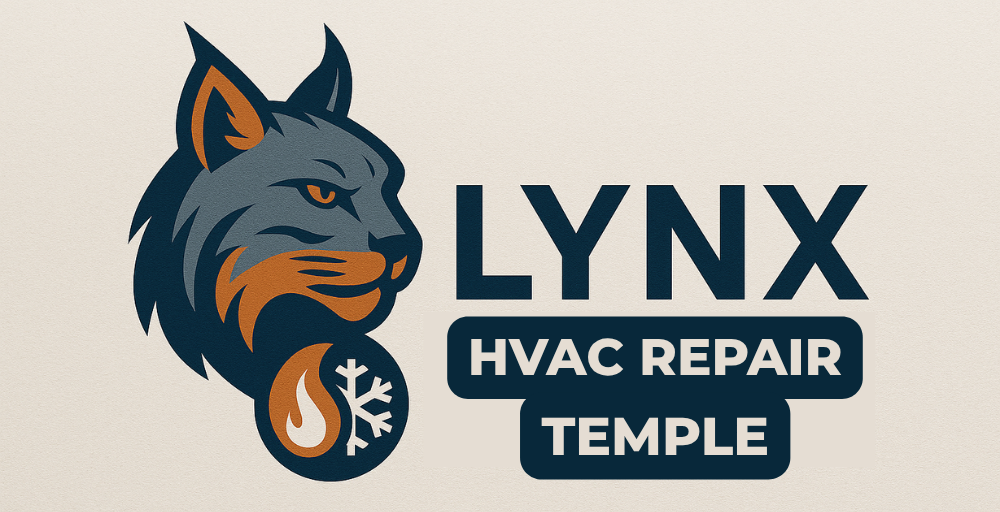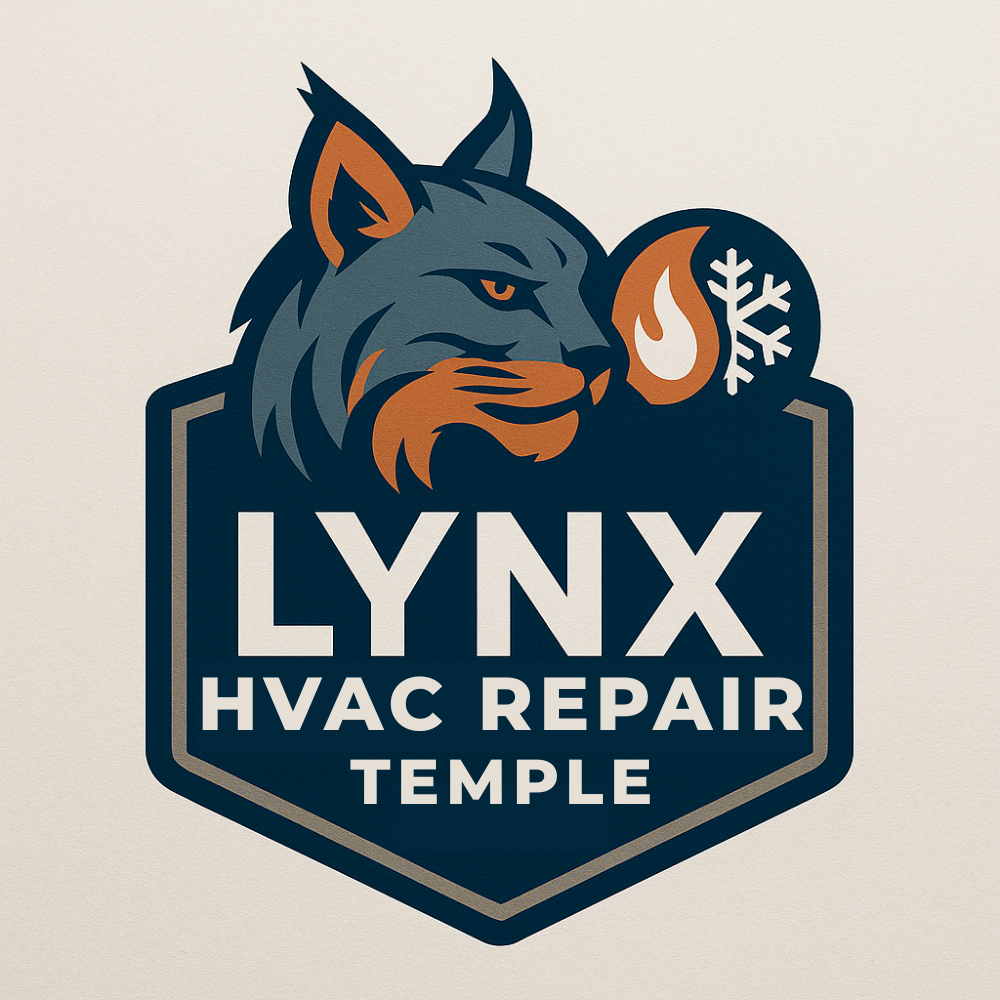HVAC Direct Expansion System: A Complete Guide to Energy-Efficient Cooling Solutions
Direct expansion (DX) systems represent the backbone of modern HVAC Temple TX technology, powering most residential and commercial air conditioning units across America. These systems work by expanding refrigerant directly in the evaporator coil to remove heat from indoor spaces, offering an efficient and reliable cooling solution for buildings of all sizes.
A DX HVAC system consists of essential components working in harmony: a compressor, condensing coil, expansion valve, and evaporator coil. This straightforward design has made DX systems the preferred choice for cooling applications, from small room air conditioners to large commercial installations.
The popularity of DX systems stems from their versatility and effectiveness. They can be configured as split systems, packaged units, or ducted installations, adapting to various building requirements while maintaining consistent performance and energy efficiency.
Key Takeaways
- DX systems use refrigerant expansion to cool indoor spaces effectively
- The simple design makes DX systems reliable and widely adaptable
- These systems offer versatile installation options for different building needs
Direct Expansion HVAC Systems: The Core Principles
Direct expansion systems represent a fundamental approach to air conditioning that relies on the careful manipulation of refrigerant to transfer heat efficiently. These systems achieve cooling through a precise thermodynamic process that makes them highly effective for both residential and commercial applications.
What Is a Direct Expansion System?
A direct expansion (DX) system cools air by directly expanding refrigerant in the evaporator coil. Unlike chilled water systems, DX units don't require an intermediate fluid for heat transfer.
The name comes from the refrigerant's direct interaction with the air being cooled. This direct contact enables faster temperature changes and improved efficiency.
DX systems come in various configurations:
- Split systems (indoor and outdoor units)
- Packaged units (all components in one cabinet)
- Multi-zone systems
- Ductless mini-splits
The Refrigeration Cycle Explained
The refrigeration cycle in DX systems follows four key stages:
- Evaporation: Low-pressure liquid refrigerant absorbs heat from indoor air and transforms into gas
- Compression: The gaseous refrigerant gets compressed, raising its temperature and pressure
- Condensation: Hot, high-pressure gas releases heat outdoors and returns to liquid form
- Expansion: Liquid refrigerant passes through an expansion valve, reducing pressure before the cycle repeats
This continuous cycle moves heat from inside to outside, maintaining desired indoor temperatures.
Key Components and How They Work
The compressor acts as the system's heart, pressurizing refrigerant and maintaining flow through the system. It transforms low-pressure gas into high-pressure, high-temperature gas.
The evaporator coil contains the expanding refrigerant that absorbs heat from indoor air. Copper tubing and aluminum fins maximize heat transfer surface area.
Essential components include:
- Expansion valve (controls refrigerant flow)
- Condenser coil (releases heat outside)
- Refrigerant lines (connect indoor and outdoor units)
- Filter-drier (removes moisture and contaminants)
Each component must work in perfect harmony to maintain efficient operation and reliable cooling performance.
Types and Applications of DX Systems
Direct expansion systems come in several configurations to match specific cooling and heating requirements. Each type offers distinct advantages for different settings and load demands.
Residential and Commercial Installations
DX systems serve both homes and businesses with tailored cooling solutions. Small residential units typically range from 1.5 to 5 tons of cooling capacity, while commercial systems can exceed 50 tons.
Residential installations focus on single-zone comfort and often integrate with existing ductwork. These systems provide precise temperature control for living spaces up to 3,000 square feet.
Commercial DX units handle larger spaces and multiple zones with sophisticated controls. They excel in retail stores, offices, and restaurants where consistent cooling is essential.
Split Systems and Packaged Units
Split systems separate the indoor and outdoor components for flexible installation. The indoor unit houses the evaporator coil and air handler, while the outdoor unit contains the compressor and condenser.
Packaged units combine all components in a single cabinet, typically installed on rooftops or ground level. These units save indoor space and simplify maintenance access.
Multi-split configurations can connect one outdoor unit to several indoor air handlers. This design serves multiple rooms or zones independently.
Direct Expansion Heat Pumps
DX heat pumps provide both heating and cooling by reversing the refrigeration cycle. They extract heat from outdoor air even in cold temperatures down to -15°F.
Modern heat pumps achieve higher efficiency ratings through advanced compressor technology and smart controls. Key Benefits:
- Lower energy costs compared to electric resistance heating
- Year-round comfort from a single system
- Reduced carbon footprint
Variable Refrigerant Flow and Advanced Configurations
VRF systems represent the cutting edge of DX technology. They modulate refrigerant flow precisely to match the exact cooling or heating load.
These systems support simultaneous heating and cooling in different zones. A single outdoor unit can connect to up to 64 indoor units.
Smart zoning controls optimize energy use by directing capacity where needed. VRF systems achieve superior efficiency through:
- Inverter-driven compressors
- Electronic expansion valves
- Advanced heat recovery
- Microprocessor controls

Benefits and Performance Considerations
Direct expansion HVAC systems deliver significant advantages through efficient operation, precise climate control capabilities, and streamlined maintenance requirements.
Energy Efficiency and Cost Savings
DX systems achieve superior energy efficiency by using refrigerant to directly transfer heat between indoor and outdoor units. This direct heat exchange eliminates energy losses common in systems with intermediate heat transfer mediums.
Modern DX units feature variable-speed compressors that adjust output based on actual cooling demands. This precision reduces energy waste from constant cycling.
Studies show DX systems can reduce energy consumption by 20-30% compared to conventional HVAC systems. The savings come from both lower electrical usage and reduced peak demand charges.
Precise Temperature Control and Smart Controls
Advanced DX systems maintain temperatures within 1°F of setpoint through modulating capacity controls. Smart thermostats enable multi-zone control and automated scheduling.
Key Control Features:
- Remote temperature monitoring
- Zone-by-zone adjustments
- Occupancy-based programming
- Mobile app integration
- Performance analytics
These controls help optimize comfort while minimizing energy use through data-driven operation.
Lower Maintenance and Scalability
DX systems have fewer mechanical components than traditional HVAC systems, reducing maintenance needs and potential failure points. Regular maintenance primarily involves:
- Filter changes every 3-6 months
- Annual coil cleaning
- Refrigerant level checks
- Basic electrical inspections
The modular design allows easy expansion by adding indoor units to an existing outdoor unit. This flexibility helps systems grow with changing building needs.
Properly maintained DX systems typically last 15-20 years with minimal repairs needed.
Comparisons, Innovations, and Environmental Impact
Modern DX systems represent a significant advancement in HVAC technology, offering enhanced efficiency and reduced environmental impact through smart controls and innovative refrigerant technologies.
DX Systems vs. Chilled Water Systems
DX systems deliver cooling directly through refrigerant expansion, while chilled water systems use an intermediate step of cooling water first. DX systems require less mechanical room space and fewer components.
A typical DX system costs 15-25% less to install than an equivalent chilled water system.
DX units offer faster temperature response times and better humidity control in smaller applications.
Key Advantages of DX Systems:
- Lower initial installation costs
- Simplified maintenance
- Reduced mechanical room requirements
- Better suited for buildings under 50,000 square feet
Meeting Green Building Standards
DX systems contribute to LEED certification through energy efficiency improvements and smart controls integration.
Variable refrigerant flow (VRF) technology in modern DX systems reduces energy consumption by up to 30% compared to traditional systems.
Green Building Features:
- Smart thermostats with occupancy sensing
- Multi-stage compression for load matching
- Heat recovery capabilities
- Low-GWP refrigerant options
Technological Advancements in DX HVAC
AI-powered sensors now optimize DX system performance by analyzing real-time usage patterns and environmental conditions.
Smart zoning allows for independent temperature control in different areas, reducing energy waste.
New inverter-driven compressors adjust capacity precisely to match cooling demands.
Recent Innovations:
- IoT integration for remote monitoring
- Predictive maintenance algorithms
- Enhanced refrigerant flow control
- Advanced heat exchanger designs
Future Trends in Direct Expansion Technology
Integration of renewable energy sources with DX systems is becoming more common, particularly through solar-assisted cooling.
Machine learning algorithms are improving system efficiency by predicting cooling needs based on weather forecasts and historical data.
Manufacturers are developing new refrigerants with minimal environmental impact.
Emerging Technologies:
- Self-diagnostic capabilities
- Cloud-based system management
- Enhanced energy recovery systems
- Zero-carbon cooling solutions
You might also like




